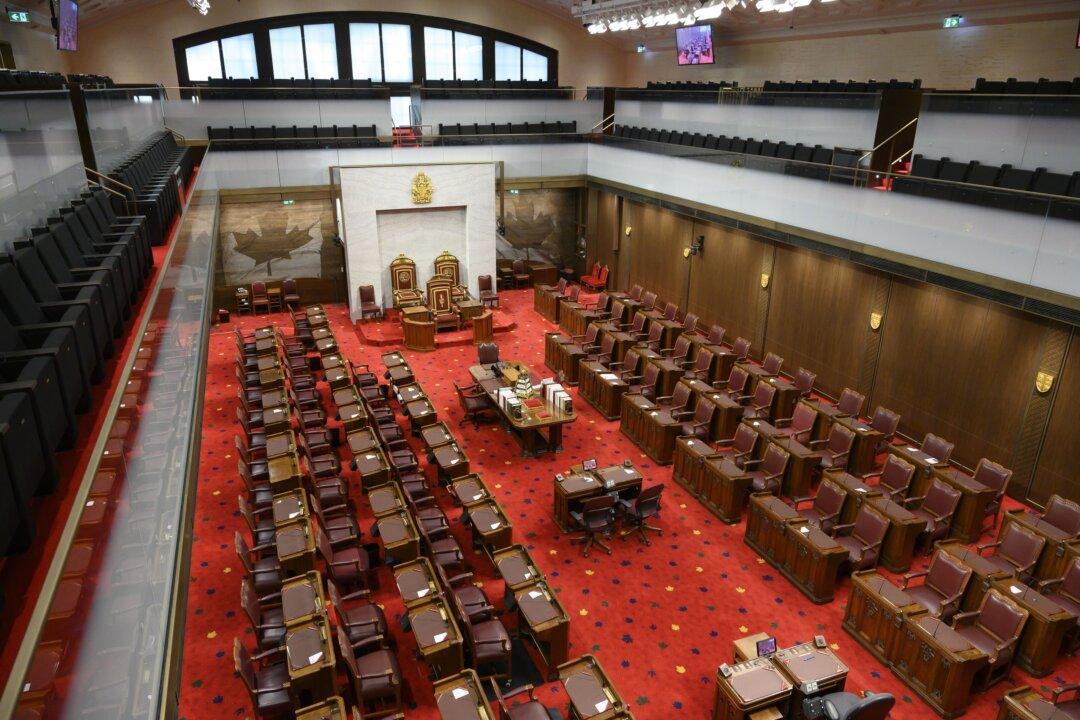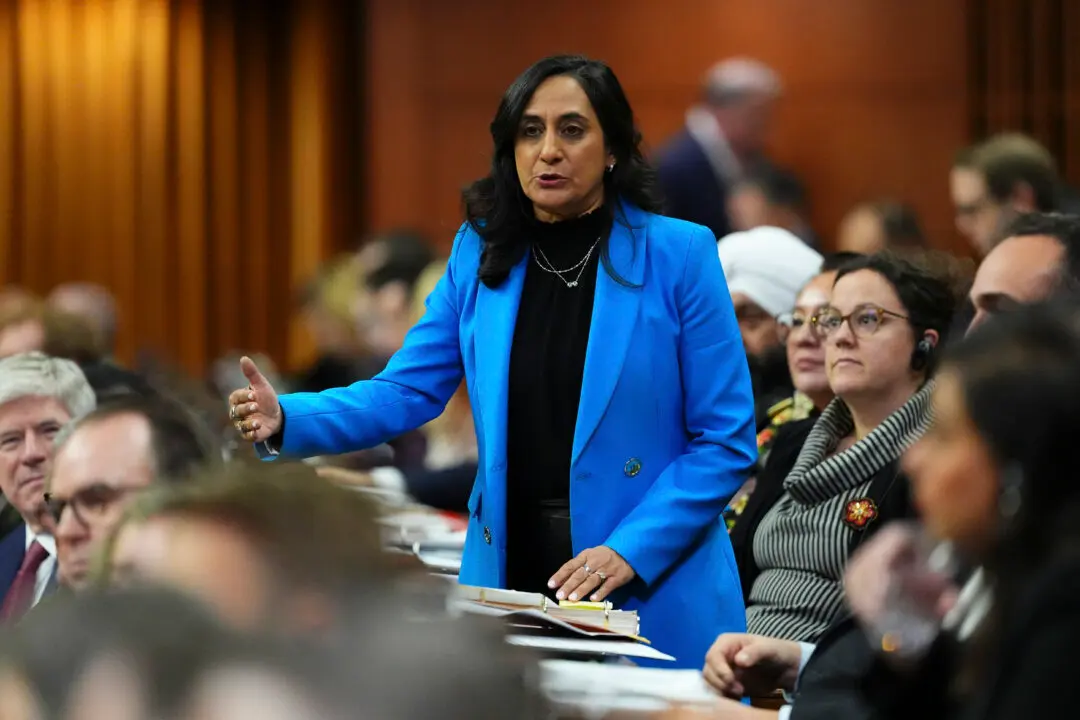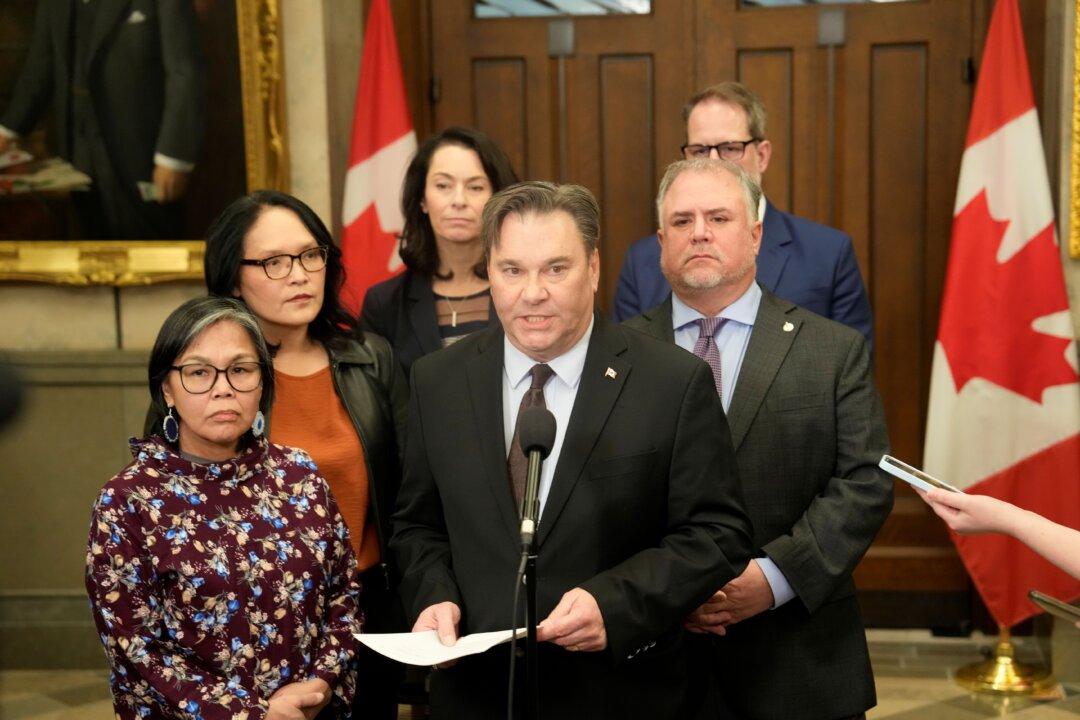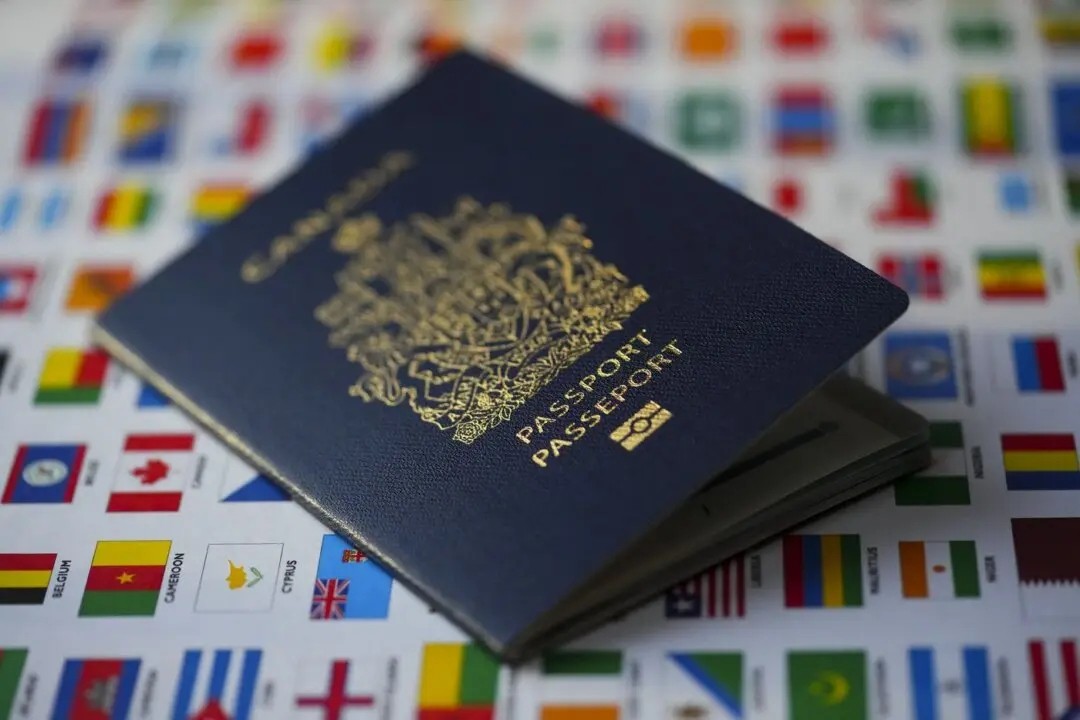Canada’s Senate committee that considers financial and administrative matters has proposed increasing the upper house’s spending to a record high of nearly $135 million for the 2024–25 fiscal year, records show.
This estimate, presented to the Senate of Canada in mid December 2023, recommended a total spending of $134,868,514 for the coming fiscal year, which runs from April 1, 2024, to March 31, 2025. It’s $8,174,128 more than the 2023–24 amount of $126,694,386.





